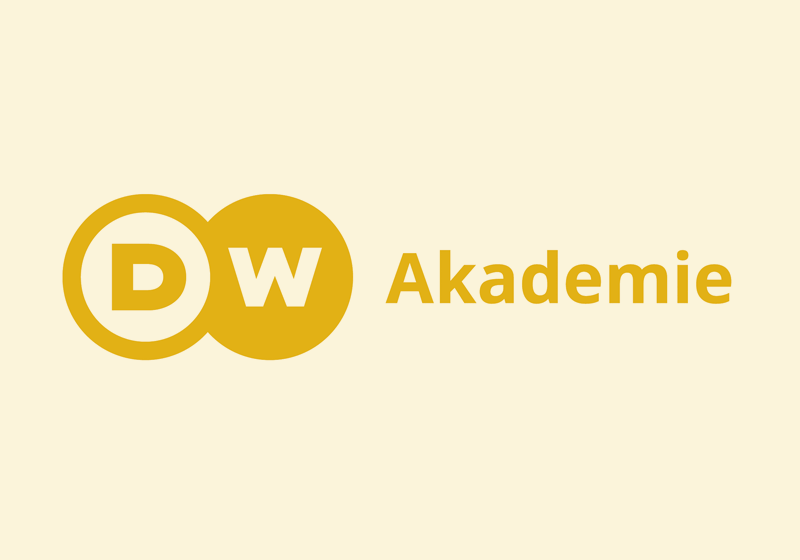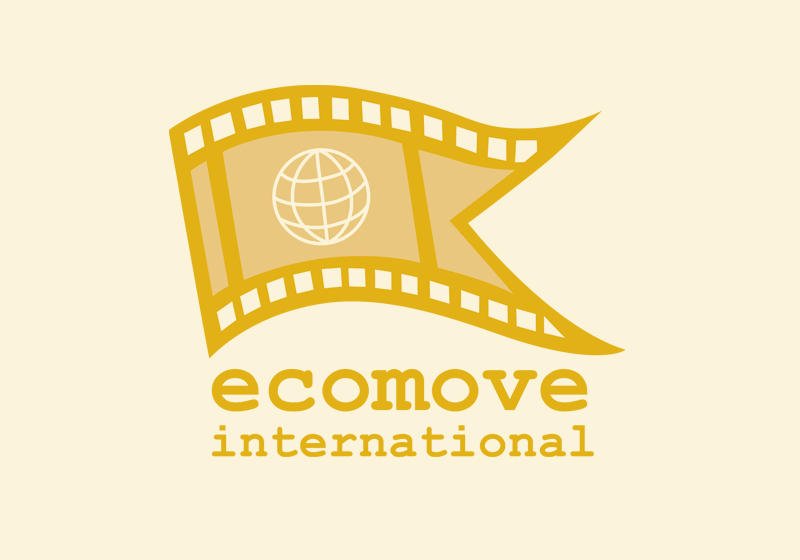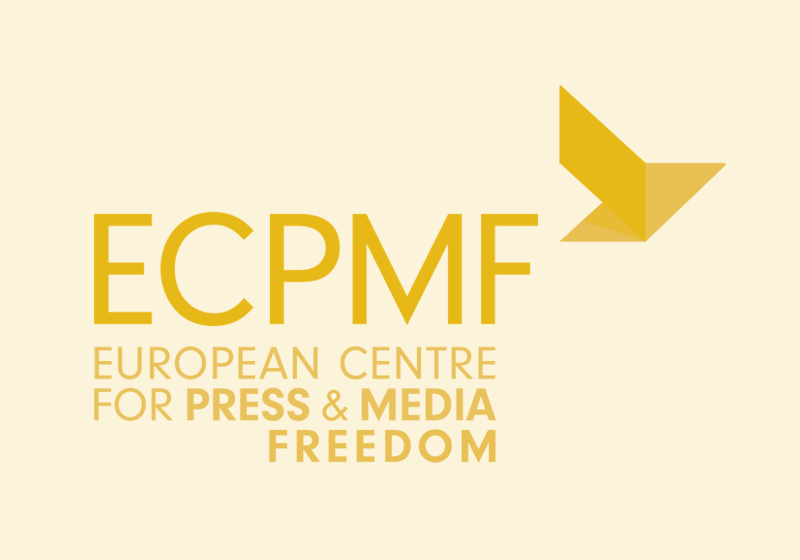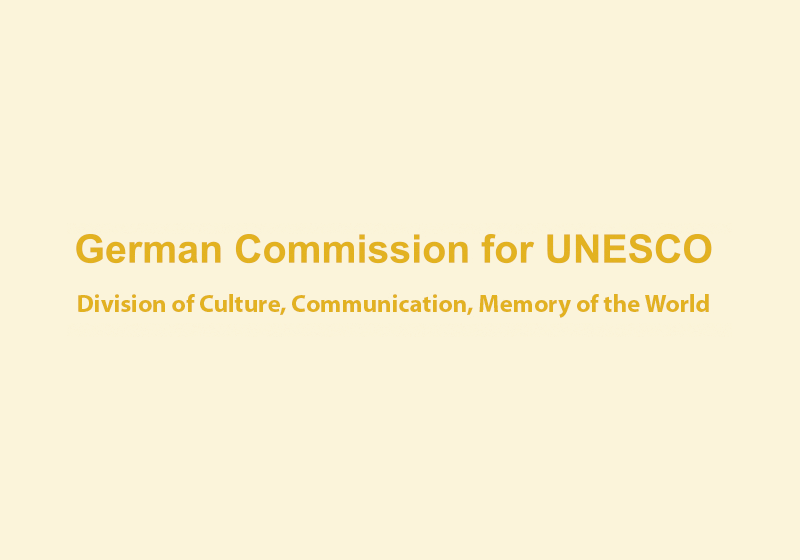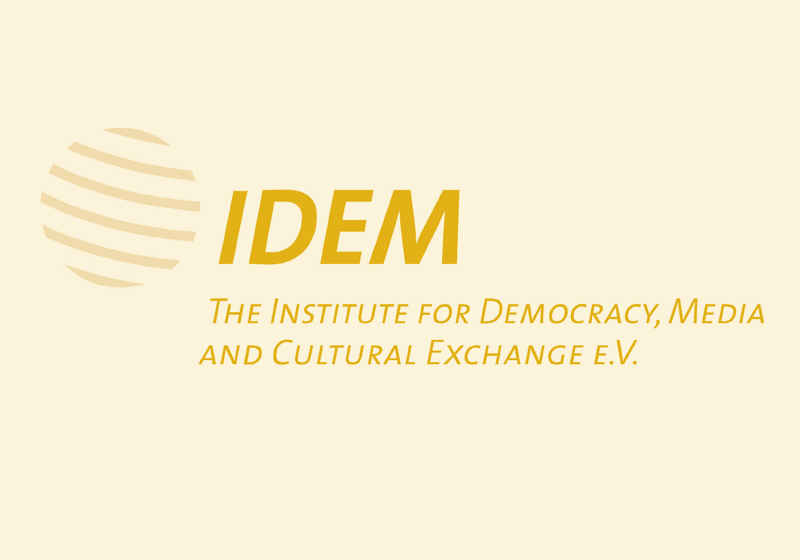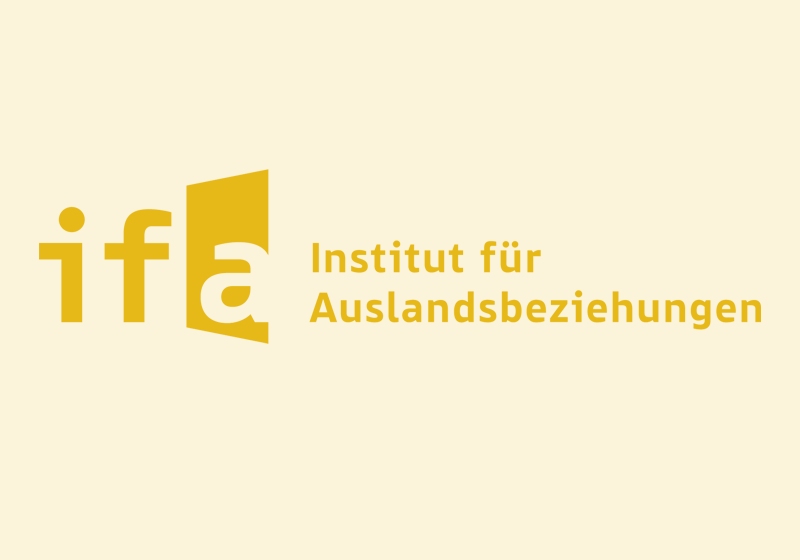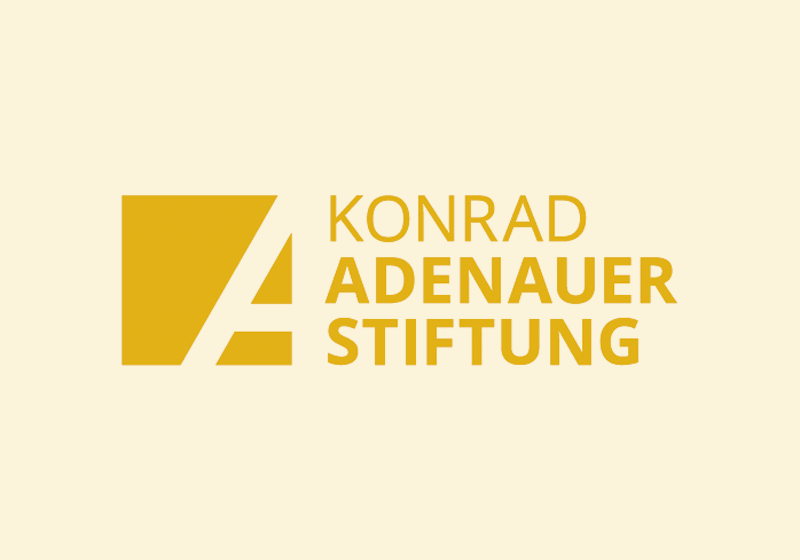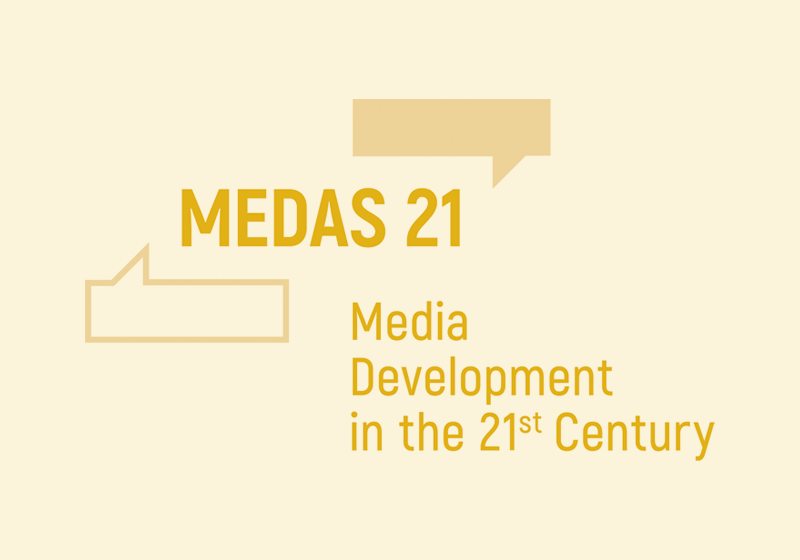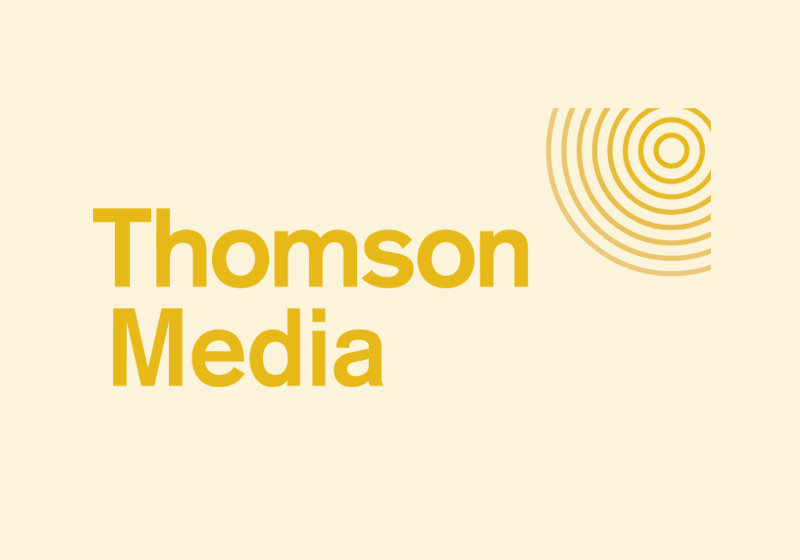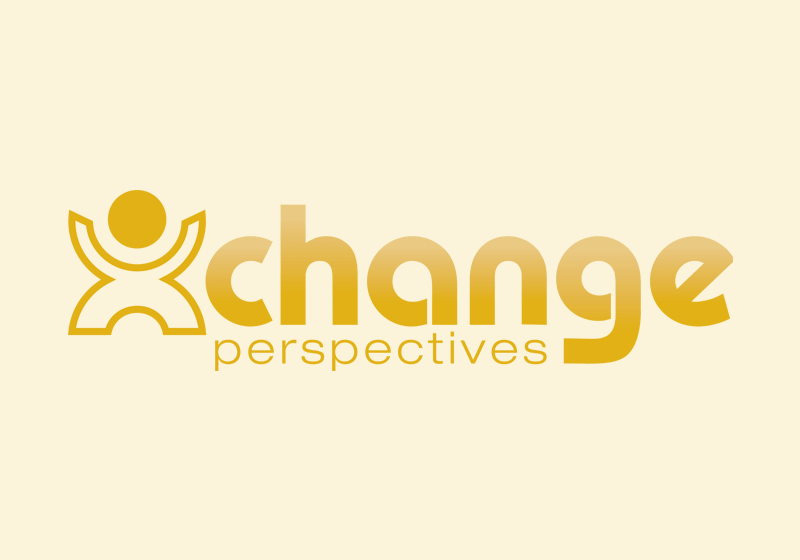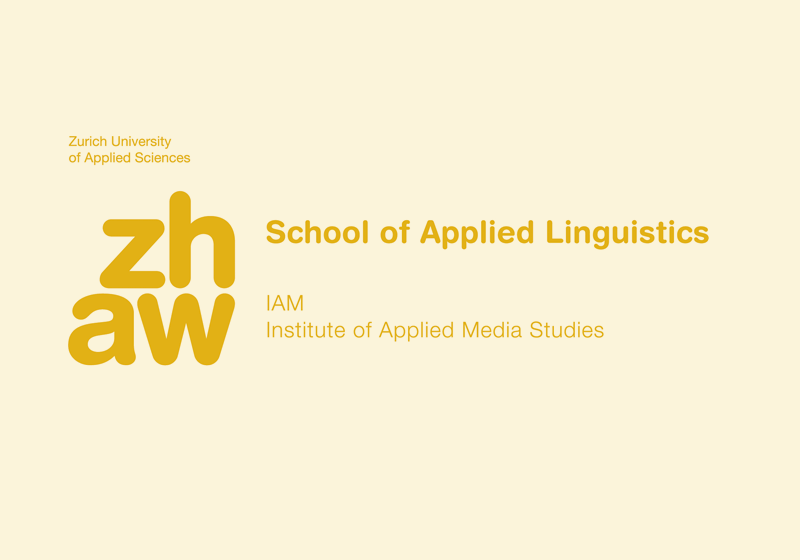Audience Research in Media Development: Is it Fo(r)ME?
5th-7th November, 2014
Gustav-Stresemann-Institut, Bonn, Germany
Hosted by the Catholic Media Council (CAMECO)
Have a look at the abstracts and presentations, the speakers, and the recommended readings.
Audience research is of crucial interest to all those involved in the media. Journalists, editors and producers need to match programming and coverage to their target audiences. Media owners need to convince advertisers that their respective media outlets will reach a specific audience, both in terms of size and composition. And advertisers and campaigners need information in order to select adequate channels to get their message across.
However, international media assistance rarely pays attention to audience research as key to both improving media performance and strengthening financial sustainability. In quite a number of developing countries reliable media usage data are hardly available, resulting in a lack of market transparency. Local media often lack knowledge or resources to commission audience research, or to conduct it themselves. Few media development programmes have integrated audience research as part of their project planning, monitoring and evaluation cycles.
The FoME symposium presented and discussed examples where audience research has been used to enhance the performance of media houses and development programmes, and it aimed to stimulate the debate on how audience research capacities in developing countries can be strengthened.
The symposium was organised around four angles:
- Audience Research & Media Development discussed the role for international media assistance in audience research, and provides insights into real-world examples of audience research becoming an integral part of media programming.
- Audience Research under Difficult Conditions presented experiences from war-torn countries, and other areas where conditions are challenging for political or logistic reasons.
- Defining and Segmenting Audiences looked at a number of different approaches to understanding audiences, including approaches such as value-based segmentation and media user typologies.
- Strengthening Audience Research Capacities was about establishing national research standards and institutions, and helping local media to develop the ability to carry out or analyse research themselves.















